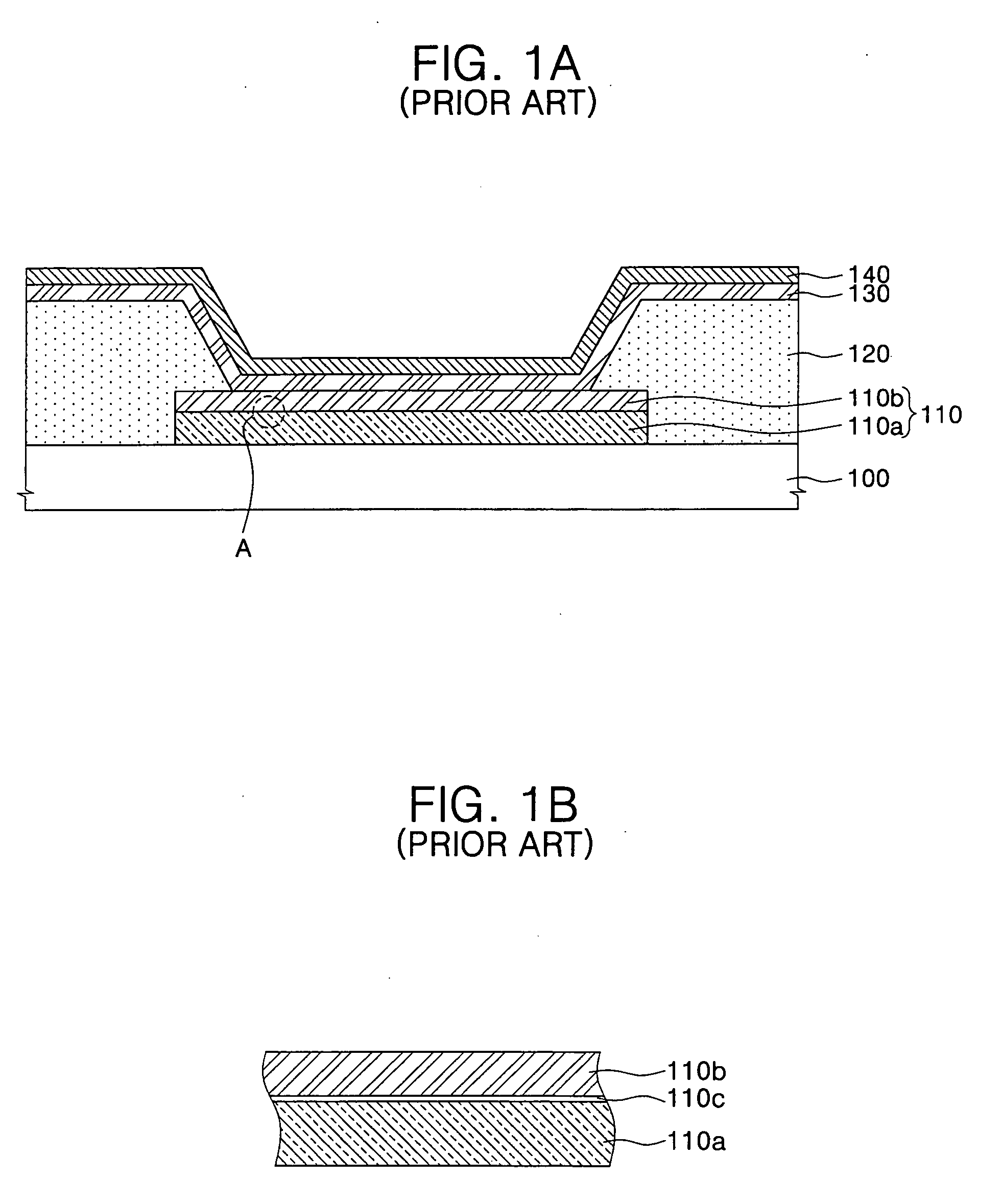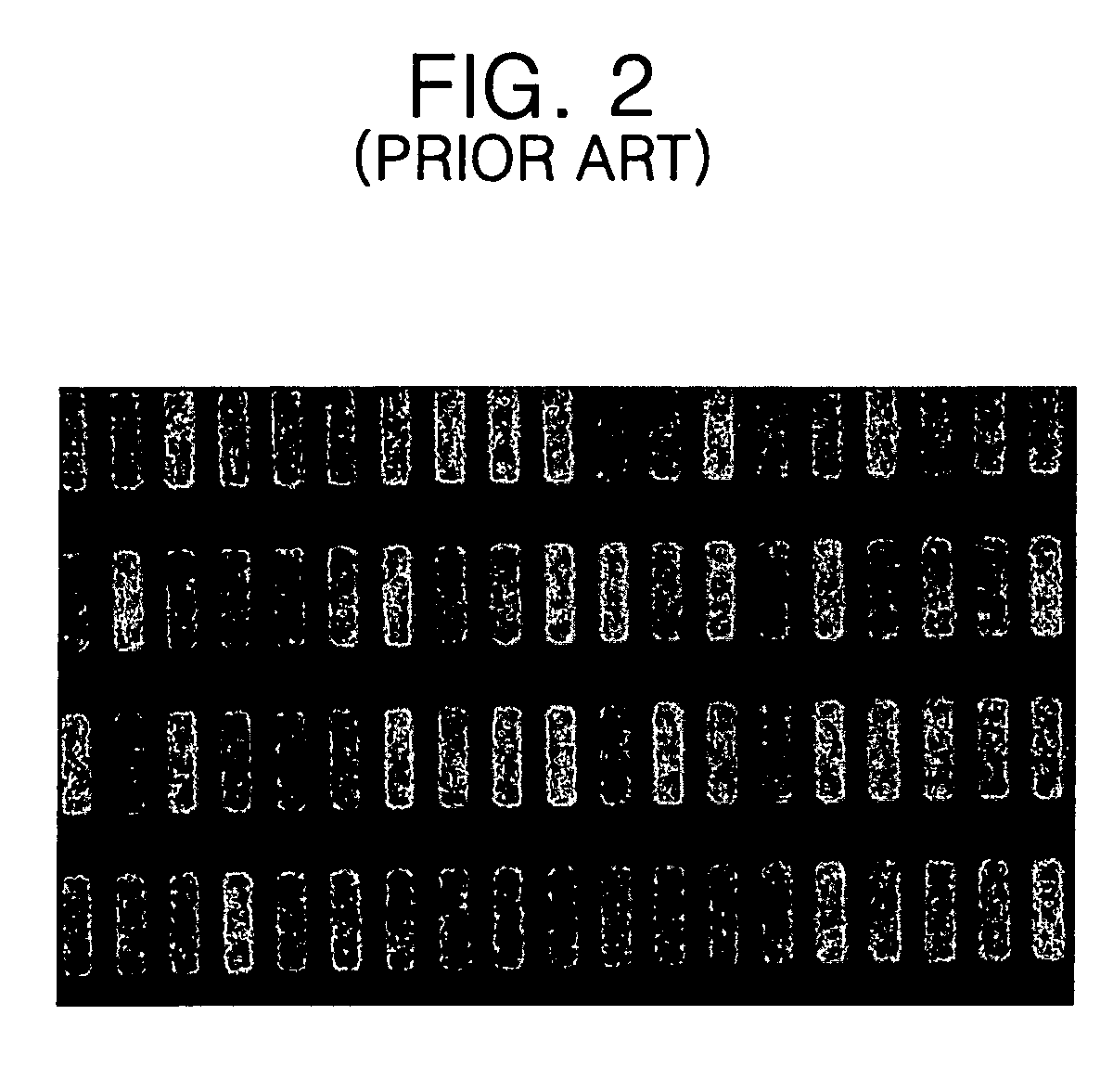Organic light emitting device and method of fabricating the same
a light emitting device and organic technology, applied in the field of organic light emitting devices, can solve the problems of low light output, low light output, and difficulty in manufacturing large-sized passive matrix organic light emitting displays, and achieve the effect of not degrading the brightness of the display
- Summary
- Abstract
- Description
- Claims
- Application Information
AI Technical Summary
Benefits of technology
Problems solved by technology
Method used
Image
Examples
Embodiment Construction
[0034] As shown in FIG. 3A, a reflecting layer 210a may be formed (of a metal material having excellent reflection efficiency) on an insulating substrate 200. The reflecting layer 210a may be formed of a material having excellent reflection efficiency and having an oxidation-reduction potential (a.k.a., Redox Potential) difference of about 0.3 or less with respect to a pixel electrode. This may help to prevent galvanic reaction with the pixel electrode that is to be formed. More preferably, the reflecting layer 210a may be formed of an Al—Ni alloy.
[0035] It is preferable that the Al—Ni alloy used for the reflecting layer 210a be an Al alloy containing nickel (Ni) of about 10% or less.
[0036] The reflecting layer 210a may also be formed by a typical method, such as radio frequency (RF) sputtering, direct current (DC) sputtering, ion beam sputtering, vacuum deposition, or the like.
[0037] Further, either a glass substrate or a plastic substrate may be used as the substrate 200.
[0038...
PUM
 Login to View More
Login to View More Abstract
Description
Claims
Application Information
 Login to View More
Login to View More - R&D
- Intellectual Property
- Life Sciences
- Materials
- Tech Scout
- Unparalleled Data Quality
- Higher Quality Content
- 60% Fewer Hallucinations
Browse by: Latest US Patents, China's latest patents, Technical Efficacy Thesaurus, Application Domain, Technology Topic, Popular Technical Reports.
© 2025 PatSnap. All rights reserved.Legal|Privacy policy|Modern Slavery Act Transparency Statement|Sitemap|About US| Contact US: help@patsnap.com



